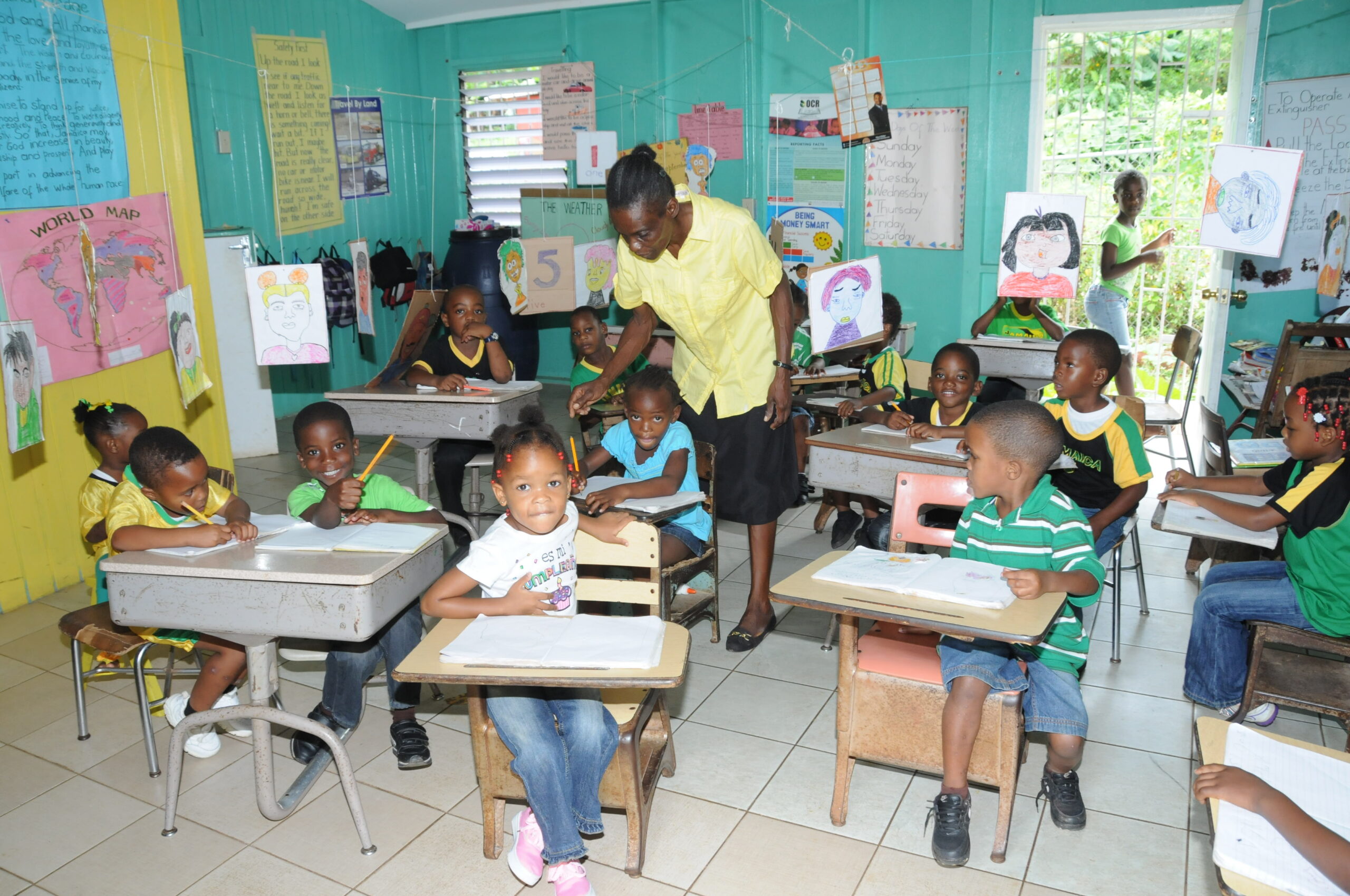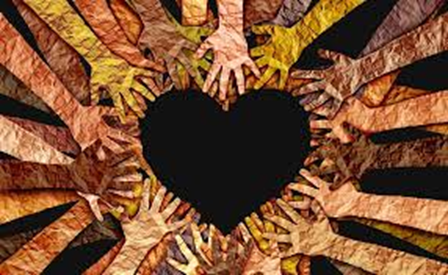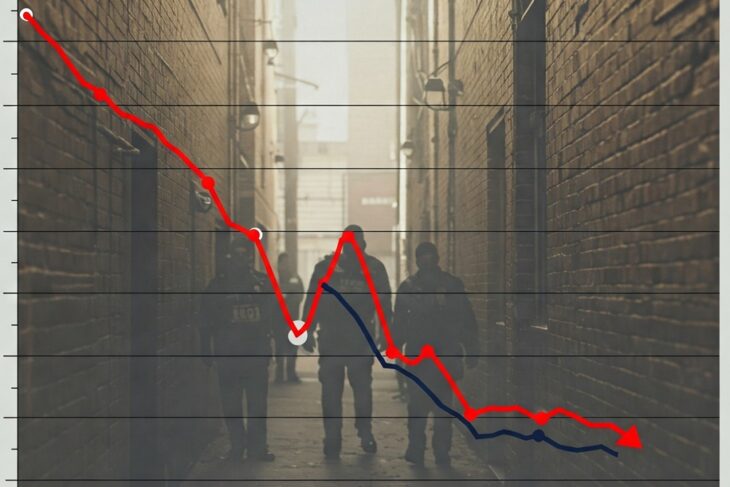
The sight of rows of desks facing a teacher at the head of the class is an iconic image of education. But in a world vastly different from the Industrial Age that birthed this system, a question begs to be asked: is this the most effective way to educate our youth?
The factory model of education served a purpose. It churned out a standardized workforce, equipped with the basic skills needed to operate machinery and follow instructions. However, the 21st century demands a different kind of worker. Today’s jobs require critical thinking, collaboration, creativity, and the ability to adapt to a rapidly changing landscape. Here’s where the cracks in the old system begin to show.
The Disconnect Between Curriculum and Reality
The rigid curriculum often prioritizes rote memorization and standardized testing over fostering a love of learning and critical thinking skills. Students may excel at filling in bubbles on a test but struggle to apply their knowledge to real-world situations. The focus on a narrow set of subjects often neglects crucial life skills like financial literacy, digital citizenship, and emotional intelligence.
A One-Size-Fits-All Fallacy
The current system assumes a one-size-fits-all approach to learning, neglecting the diverse learning styles and paces of students. Kinesthetic learners may squirm in their seats yearning for hands-on activities, while visual learners might struggle with text-heavy instruction. This uniformity disengages students, leading to frustration and a feeling of inadequacy.
The Stifling of Curiosity and Innovation
The emphasis on standardized testing creates a pressure cooker environment, prioritizing grades over genuine understanding and exploration. This stifles a student’s natural curiosity and discourages them from taking intellectual risks. Innovation, the lifeblood of progress, thrives on questioning, experimentation, and a willingness to fail. The current system often discourages these very qualities.
The Need for a Paradigm Shift
The good news is that there’s a growing movement for educational reform. Schools are beginning to explore alternative models that prioritize student agency, personalized learning, and fostering a love of learning. Here are some potential pathways for change:
- Project-Based Learning: This approach encourages students to tackle real-world problems through hands-on projects, fostering critical thinking, collaboration, and problem-solving skills.
- Personalized Learning: Technology can be leveraged to create customized learning plans that cater to individual needs and learning styles.
- Focus on Soft Skills: Developing vital life skills like communication, collaboration, and emotional intelligence should be integrated throughout the curriculum.
- Integration of Technology: Technology can be a powerful tool for interactive learning, providing access to a wealth of information and fostering creativity.
- Promoting 21st Century Skills: The curriculum should equip students with critical thinking, problem-solving, communication, and collaboration skills — all essential for success in the modern world.
The Road Ahead
Transforming an entrenched system takes time and collaboration. Teachers, parents, administrators, and policymakers must work together to create a future-proof education system. Investing in teacher training, fostering innovation in classrooms, and embracing new technologies are all crucial steps.
The goal is not to dismantle the entire system, but to build upon its strengths while addressing its shortcomings. By fostering a love of learning, nurturing critical thinking, and equipping students with the skills they need to thrive in the 21st century, we can transform schools from factory floors into fertile ground where curiosity blossoms and innovation flourishes. This is how we can ensure that our education system prepares our youth, not just for the jobs of today, but for the challenges and opportunities of tomorrow.



